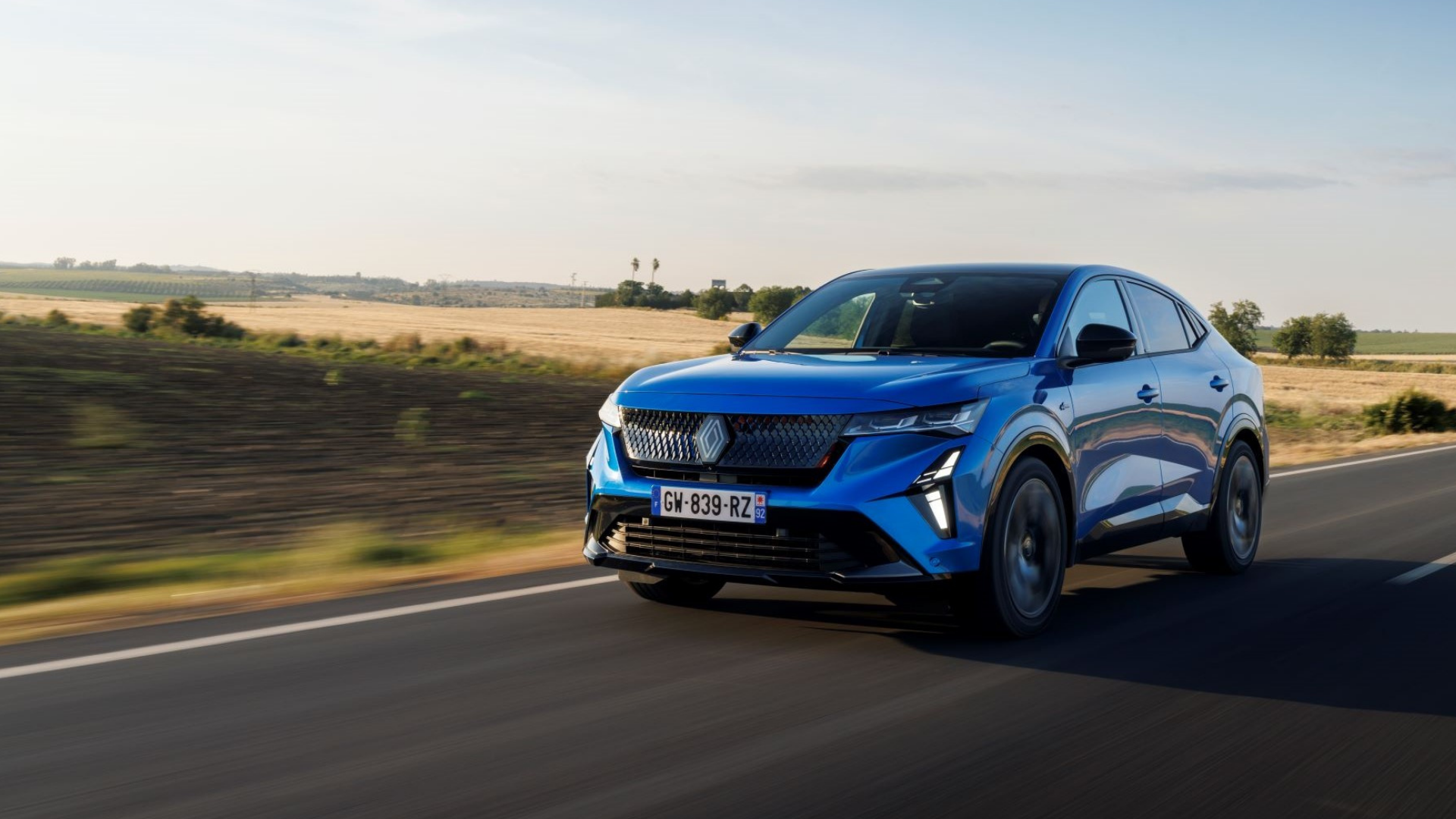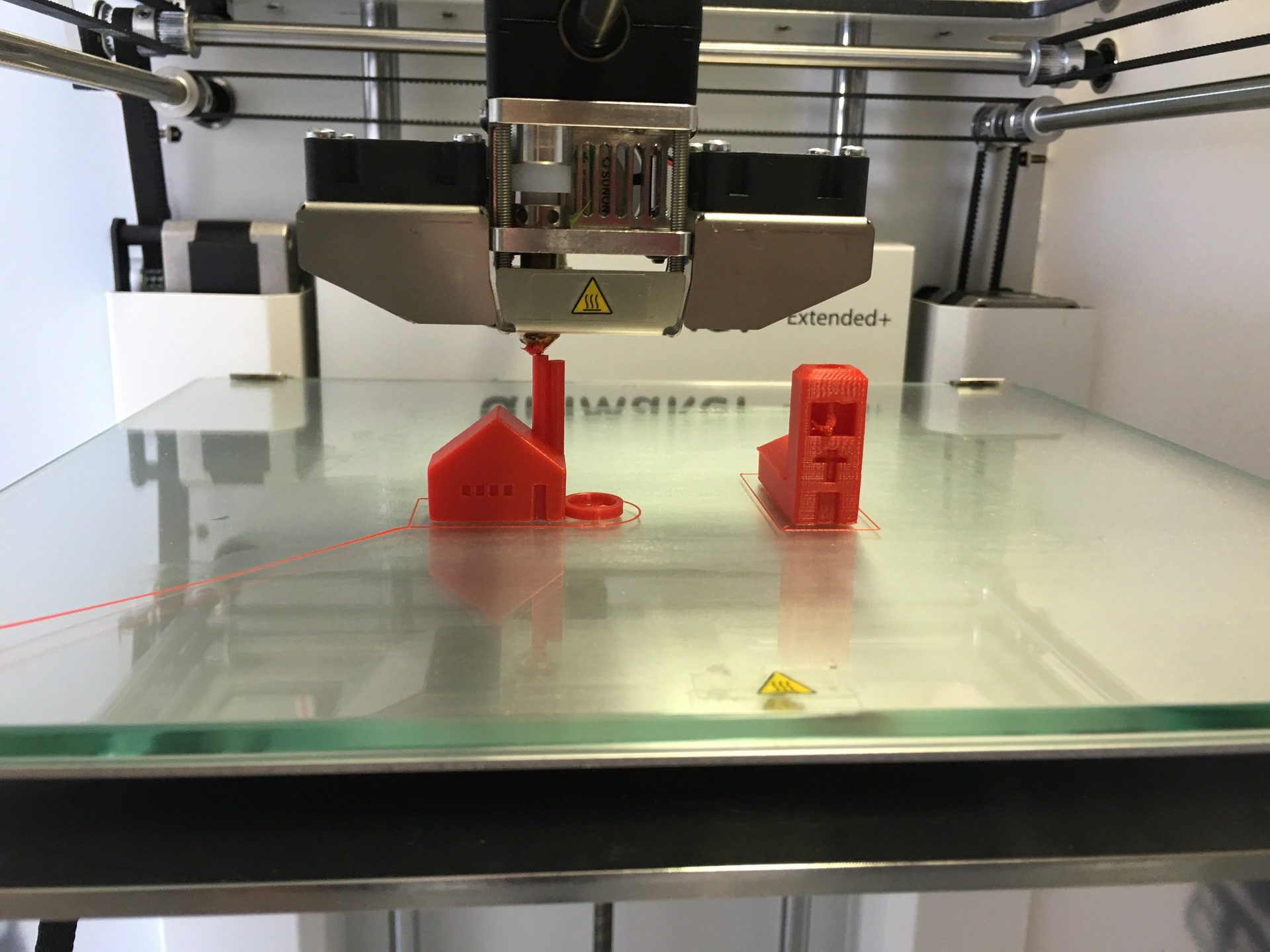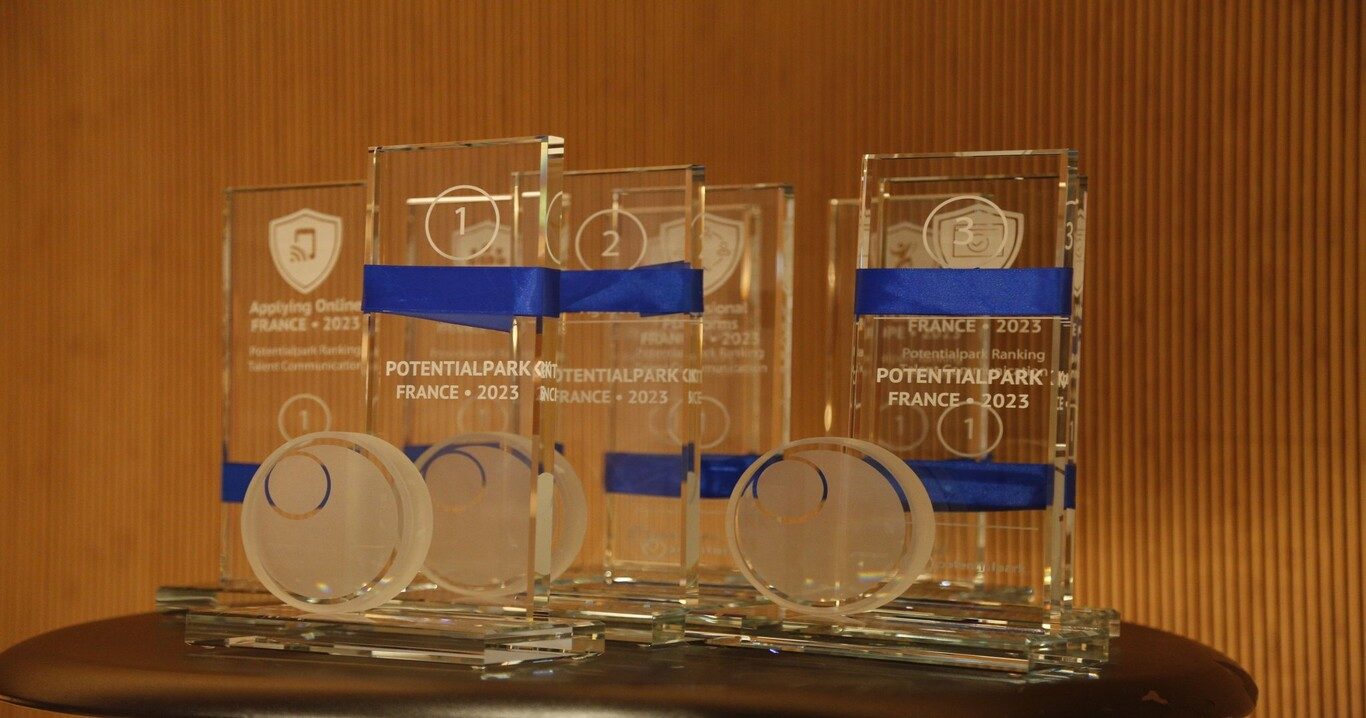The 2000s saw cars gain in weight, and volume. ‘The popularity of SUVs is linked not only to aesthetic reasons but also to the feeling of safety provided by their elevated driving position,’ he notes. ‘This has led to a trend towards cars that are overweight and larger: wider, taller and, above all, with bigger wheels. Wheels are among the heaviest parts of a car, and this leads to a vicious circle of over-dimensioning to preserve the interior volume of the passenger compartment and impact resistance, as they are incompressible.’ The increase in the overall performance of vehicles, in terms of acoustics, interior finishes, and equipment, also weighs heavily and must be offset by weight savings. In the ten years between 2012 and 2023, the average weight of cars has risen by more than 50 kg, or 4.3%. Finally, regulations, particularly on pollution control systems (addition of catalytic converters, particle filters, etc.), also play a role.
The hunt for weight
Today, at a time when fuel prices are soaring and we need to decarbonise our cars to limit global warming, carmakers are looking for every last kilo and optimising aerodynamics. The main aim is to reduce CO2 emissions and the unladen weight of vehicles. All the more so since, at the start of 2024, the government tightened up its weight-based penalty, a specific French feature, by lowering the threshold for applying the tax to cars exceeding 1.6 tonnes. For electric cars, the hunt for kilos is just as important, to increase their range.
‘There are a number of possible solutions for reducing weight,’ says Bruno Derrien. ‘Manufacturers can use materials that are lighter than steel, such as aluminium.’ For a long time, aluminium was reserved for top-of-therange vehicles because of its cost. But now, the balance of profitability in terms of the cost/mass gain ratio has shifted sharply in favour of lightweighting solutions using more expensive materials.
High-performance steels also enable sheet thicknesses to be maintained or even reduced. Composite polymers are also becoming increasingly competitive with metals, which are very energy-intensive to produce.
However, one of the key levers remains the optimisation of dimensioning and the use of materials, which are constantly being improved by the expertise and digital simulation used in the automotive sector. Reducing mass leads to a reduction in engine, brake, cooling, and structural sizing… It’s a virtuous circle!
The challenge of aerodynamics
It’s not enough to reduce weight. While mass means that extra power and energy are needed to cope with changes in speed, wind resistance becomes a major factor in fuel consumption above 50 kph. The emphasis is therefore on the aerodynamics of new cars. And that’s precisely the job of an automotive architect like Bruno Derrien. ‘This is all the more important in the case of electric vehicles, where a 14 cm-high battery is placed under the floor of the vehicle,’ he stresses. At the same time, the overall height of the car has to be contained, so that there isn’t too much air resistance, and the roof has to be lowered, mainly at the rear, to reduce
aerodynamic drag.
The result? The body needs to be enlarged and the interior ergonomics revised. To ensure that passengers did not lose out in terms of comfort, with a more limited amount of space, the seating positions were lowered and lengthened. ‘It’s all a question of comfort angles between the torso, legs, and feet,’ explains the automotive architect. At the same time, it prepares us for the future of autonomous vehicles, by providing us with a position in which we can relax during car journeys, as we will no longer be at the wheel. And in order to maintain easy access to the vehicle, this lowering of the bodywork is leading us to optimise the sections above the side doors by studying, for example, solutions for frameless doors around the windows, as is the case for coupés.
The silhouettes of vehicles, particularly SUVs, are therefore evolving towards this profile with a more plunging rear end, like the new Peugeot 4008 and 3008 or the future Renault Rafale.
Our strengths: a materials R&I department
SEGULA Technologies has its own Research & Innovation (R&I) division, whose expertise is not confined to the automotive market. ‘At SEGULA Technologies, we work for a number of industrial sectors – heavy goods vehicles, rail, aerospace, etc, explains Bruno Derrien. ‘So we can take advantage of technology transfers between sectors, to be innovative. In the preliminary design phase for a future commercial vehicle, for example, we took advantage of the
R&I department’s experience with buses to develop a superlight panel.
Another example: for the recyclability of mini-cars – made up of a tubular structure with glued plastic skins – the glue posed a problem during recycling. However, SEGULA Technologies’ R&I department had already identified an innovative glue capable of dissolving at around 120°C. In this way, the tube and the skins can be easily separated and recycled independently.
‘And our expertise doesn’t stop there,’ concludes Bruno Derrien. Automotive equipment manufacturers call on us to carry out architecture studies. Their aim is to complete their innovation projects with full integration in the vehicle, to assess its full potential and present it to their manufacturer customers. SEGULA Technologies is also working on the electric batteries of the future and how best to integrate them into vehicles. So there’s no shortage of automotive projects, each more innovative than the last. The car of tomorrow has yet to be imagined. That’s what we’re doing!







 FOR A BETTER EXPERIENCE
FOR A BETTER EXPERIENCE